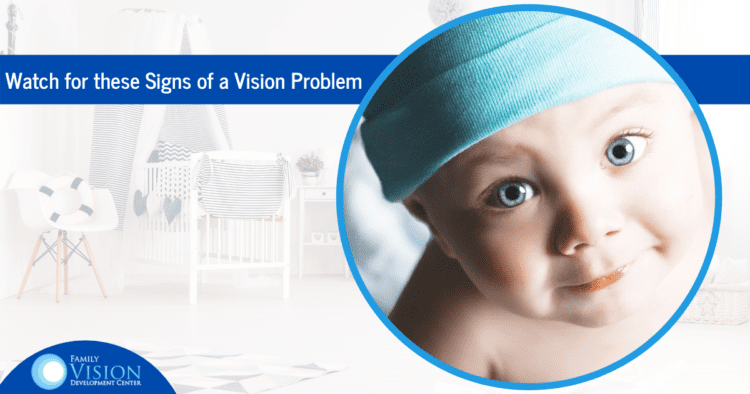

Simple Strategies to Make Living with Cataracts Easier
Cataracts are the result of the eye’s natural lens becoming cloudy. When cataracts are present, there are noticeable vision changes that come with it. For example, blurry vision is an extremely common result. Additionally, you may become extra sensitive to light, have trouble seeing at night or experience double vision. While these symptoms can make daily living more difficult, there are some ways to make functioning with cataracts easier.
Sunlight Protection
One of the best ways to slow the progression of cataracts is to make sure your eyes stay protected from the sunlight. Wearing the right sunglasses is essential, and can make a big difference for proper UV and glare protection. You might want to choose sunglasses with special tints or coatings, or anti-glare lenses. Additionally, you can also find select styles of eyeglasses that also provide anti-glare options. Our expert team can help you choose the perfect glasses to fit your lifestyle and needs.
Diet
There has been a lot of research that shows that nutrition can play a big role in slowing the progression of cataracts. The results of numerous studies have indicated that increasing your levels of antioxidant vitamins C and E, as well as the nutrients lutein and zeaxanthin, reduced the risk of both the development and progression of cataracts. Vitamin C can be found in many citrus fruits and green vegetables while foods such as nuts and seeds are a good source of vitamin E. To increase your lutein and zeaxanthin, eat more green leafy vegetables, squash, pumpkin or carrots.
Eye Exercises
Certain eye exercises can help to strengthen your eyes and ease eye strain. And while strengthening your eye muscles cannot actually cure cataracts, it can help to slow the progression. Try gently rolling your eyes in a clockwise circle a few times, then reverse to a counterclockwise motion. You can also try moving your eyes from side to side, or in the shape of a figure 8. Another exercise to try could be changing focus, by focusing on a finger held a few inches from your face, then shifting to an object farther away, then back again.
Lifestyle Changes
Making some changes to your daily activities can help make life easier when you have cataracts. For example, magnifying devices and reading lights can help ease eye strain for reading or other activities. Also, it is wise to limit nighttime driving, as cataracts can cause glare around headlight or streetlights, making it difficult to see.
Develop a Plan With Your Eye Doctor
One of the most important ways to manage your cataracts is to see your eye doctor regularly. The professional team at Family Vision Development Center is committed to helping our patients with cataracts live a full and rewarding life. During your comprehensive eye exams, we can closely follow the progression of your cataracts and detect any changes in vision as early as possible. Additionally, we can ensure that you have the most accurate and up-to-date prescription for your eyeglasses. During your visits, we will make sure you have a cataract treatment plan in place and will explain all of your options, including the possibility of surgery if your cataracts start to interfere too much with your quality of life.
Contact our Aurora office at 630-862-2020 to learn more or to schedule your appointment.

